Environment Rating Scales
Wondering how to tell if a childcare program offers a quality environment?
Environmental Rating Scales (ERS) offer an evidence-based way to measure what really matters for your child’s development.

What are the Environment Rating Scales
The Environment Rating Scales (ERS) are an observational assessment that assess the process quality of a program. Process quality is what the children are directly experiencing in their program and how it has a direct effect on their development. All four of the scales are set up the same way to make learning the different scales easier, but the content in each scale is based off of the age group that the scale was created for.
- ITERS – Infant and Toddler Environment Rating Scale
- ECERS – Early Childhood Environment Rating Scale
- FCCERS – Family Child Care Environment Rating Scale
- SACERS – School Age Care Environment Rating Scale
What they assess:
- Space and Furnishings (e.g., safety, organization, indoor/outdoor space)
- Personal Care Routines (e.g., hygiene, meals, naptime)
- Language and Literacy (e.g., verbal interactions, book access)
- Learning Activities (e.g., blocks, dramatic play, math, science)
- Interaction (e.g., supervision, peer interaction, staff-child interaction)
- Program Structure (e.g., schedule, free play vs structured time)
- Parent and Staff Engagement (in some versions)
History of the ERS:
- The original Early Childhood Environment Rating Scale (ECERS) was created in 1980
- The Family Day Care Rating Scale was created in 1989
- The Infant and Toddler Environment Rating Scale was created in 1990
- The School Age Care Environment Rating Scale was created in 1996
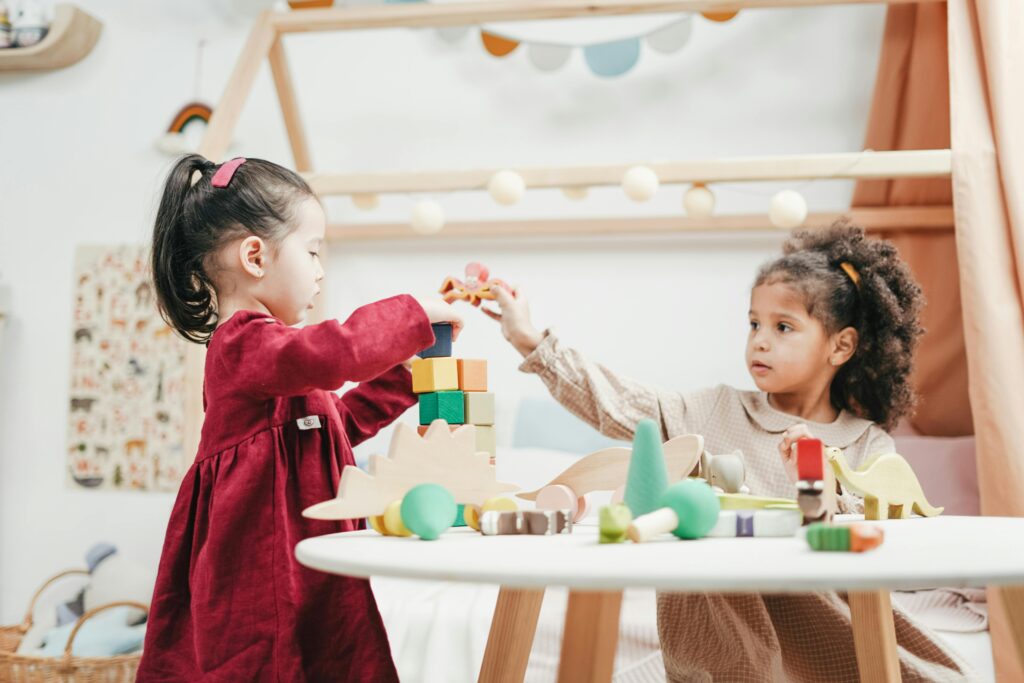
Additional ERS Resources
Environment Rating Scales Institute
Supplementary Materials:
- Coaching with the ECERS by Holly Seplocha
- All About the ECERS-3 by Debby Cryer, Cathy Riley and Tracy Link
Learn More About ERS with Child Care Aware of NH
If you are interested in finding more about the Environment Rating Scales, consider applying to be a part of Virtual TA Cohorts, take an Intro and Overview of the ERS Training or apply for a Progressive Training and TA Program option.
- ERS Virtual TA Cohorts: Participants have the opportunity to collaborate with peers, as they obtain resources and support through professional development and technical assistance in a cooperative group setting. Cohorts have specific application periods where you can sign up.
- Intro and Overview of the Environment Rating Scales Trainings: This training is an introduction and overview of the Environment Rating Scales. The training will provide basic information on the Environment Rating Scales, how to use the tools and the benefits of using the tools in your classrooms and program. This ERS training is being offered multiple days and times in order for you to select one (1) date and time that is most convenient.
- Progressive Training and TA Program: Programs an opportunity to participate in focused and facilitated training and technical assistance. Progressive programs receive individualized technical assistance to improve program quality.
You can contact Child Care Aware of NH by phone at 1-855-393-1731 ext. 2526 or ext. 2532, or by email at [email protected] to receive the tools.
Infant and Toddler Environment Rating Scale-Third Edition (ITERS-3)
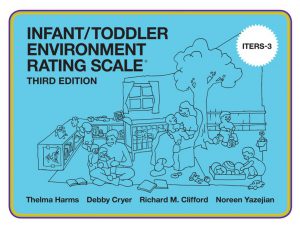
ITERS-3: Designed to use with one class at a time with the majority of children (75%) between the ages birth through 3 (three) years. There are 33 (thirty three) items that are included in this tool. These items are organized into 6 (six) different subscales based on what is most likely to be found under similar circumstances. The subscales for ITERS are: Space and Furnishings, Personal Care Routines, Language and Books, Activities, Interaction and Program as well as Structure.
Early Childhood Environment Rating Scale-Third Edition (ECERS-3)
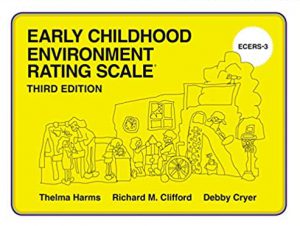
ECERS-3: Designed to be used with one classroom at a time with the majority of the children (75%) between the ages of 3 (three) to 5 (five) years. There are 35 (thirty five) items that are included in this tool. These items are organized into 6 (six) different subscales based on what is most likely to be found under similar circumstances. The 6 (six) subscales are Space and Furnishings, Personal Care Routines, Language and Literacy, Learning Activities, Interaction and Program as well as Structure.
Family Child Care Environment Rating Scales-Third Edition (FCCERS-3)
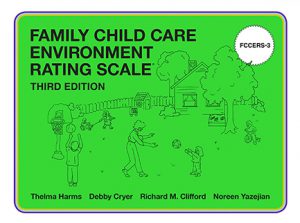
FCCERS-3: Designed to be used in one family child care home at a time with children between the ages of birth through 12 (twelve) years. There are 33 (thirty three) items that are included in this tool. These items are organized into 6 (six) different subscales based on what is most likely to be found under similar circumstances. The subscales for FCCERS are: Space and Furnishings, Personal Care Routines, Language and Books, Activities, Interaction and Program as well as Structure.
School-Aged Care Environment Rating Scale-Updated Edition (SACERS-U)
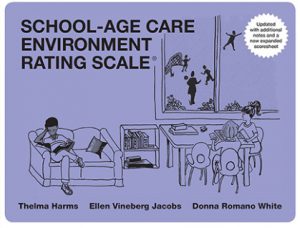
SACERS-U: Designed to be used in an afterschool program with children ages 5 (five) though 12 (twelve) years. There are 47 (forty seven) items that are included in this tool. Theses are organized into 7 (seven) different subscales based on what is most likely to be found under similar circumstances. The subscales for SACERS are: Space and Furnishings, Health and Safety, Activities, Interactions, Program Structure, Staff Development and Special Needs Supplementary Items.
